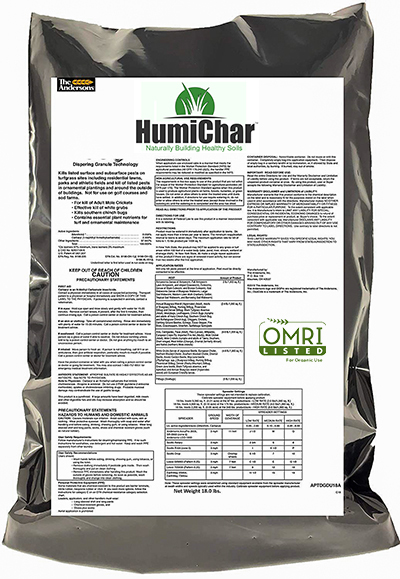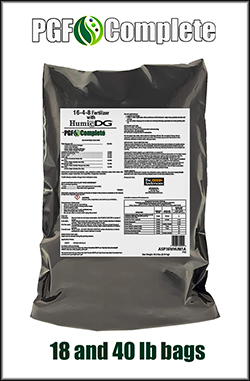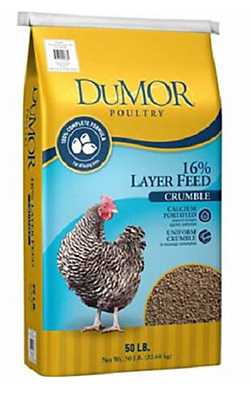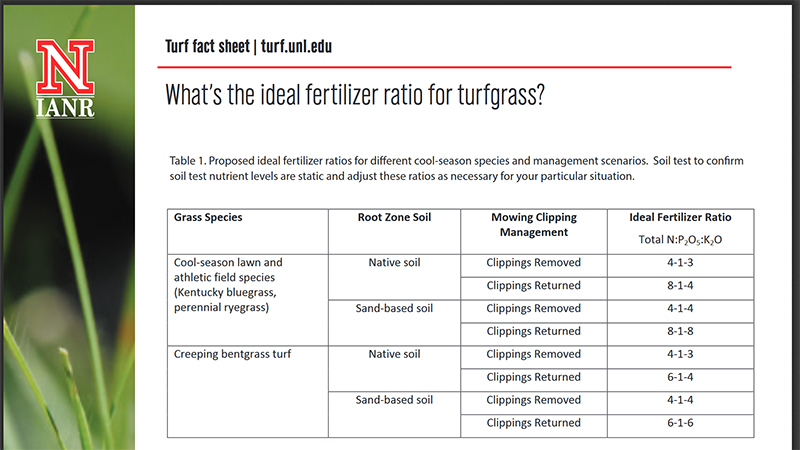How to get a Dark Green Thick Lawn
Getting a dark green thick lawn is easy with two simple steps. Doc walks you through the steps using PGF COMPLETE and HUMICHAR. Apply both of these every 3-4 weeks throughout the growing season to your Bermuda lawn and you will see the same results.
Dark Green Lawn Video
Lawn Care Products
HUMICHAR…
Click the Bag for current listing.
A 50/50 mix of humic acid and biochar made specifically for lawn care.
PGF Complete lawn fertilizer
Sold in 18 and 40 lb bags. Great for all lawns warm and cool season. PGF will help get that thick green lawn.
PGF Complete is the PERFECT fertilizer for established spring lawns, new lawns, and new turf. Can be applied every 3-4 weeks during the growing season.
Cheap Organic Material
FOLLOW INSTRUCTIONS TO GET EXACT PRODUCT
#1 Click the bag below…
#2 In the product search box enter SKU → 507818999
#3 Add to your cart and buy for pickup at your location.
This will HOLD the product for you since you PAID for it.
SUPER JUICE Spray Mix
Super Juice is a spray supplement that can be used on ANY type of lawn. Supplements help with the healthy green lawn all year long.
Free Bermuda Lawn Guide.
Click the book to see the free Bermuda lawn guide.
Fertilizer Ratio Information
Lawns want nutrients in a basic ratio of 4-1-2. (NOTE: 16-4-8 is a 4-1-2 ratio) This means four parts nitrogen to one part phosphorous to two parts potassium. Often referred to as the N-P-K Ratio. There is NEVER a need to vary from this ratio unless a SOIL TEST reveals that there is a deficiency in a nutrient that requires a varying ratio. (PERIOD) So it’s simple, the best spring lawn fertilizer is PGF Complete.
The MYTH that adding EXCESS amounts of a nutrient will somehow promote a plant to do something different is in fact a myth. Adding MORE than a plant requires can actually harm the plant, lock up other nutrients, and can also kill or reduce microbial activity. So, one more time… without a soil test telling you different, use a 4-1-2 ratio.
Some myth links: Myth link one Myth link two
It’s More Than N-P-K
PGF Complete contains nitrogen, phosphorous, and potassium as the main ingredients, however it’s more complex (complete). It contains micro nutrients, Iron, and Humic DG as well. With ONE PASS you spring lawn gets everything it needs to super healthy.
Super Fast Dark Green Lawn
Once your spring lawn is in “growing mode” you’ll see an amazing difference. In the spring you’ll see a stunning change in about 2 weeks. Once the weather gets warmer, PGF Complete acts even faster. Results can be seen in as little as 5 days.
Why Particle Size Matters
Turf professionals understand that the smaller the particle size, the more particles per square inch you get. This means MUCH better coverage. PGF Complete is a PROFESSIONAL GRADE fertilizer now available to the average consumer.
Ext office Citations Below
1- University of Florida
“In the absence of a soil sample, it is best to use a fertilizer with a 3-1-2 or 4-1-2 ratio of nitrogen, phosphorus and potassium. Examples of fertilizers with these ratios are 12-4-8 and 16-4-8. These numbers tell you the percentages of nitrogen (N), phosphorus (P) and potassium (K), and always in that order (sometimes referred as N-P-K). A fertilizer which contains all three of these elements is referred to as a complete fertilizer.” Citation
2- Clemson
“In the absence of a soil test, use a complete turf-grade fertilizer with a 4-1-2 ratio, such as 16-4-8. Apply 1 pound of actual nitrogen per 1000 square feet.” Citation
3- University of Illinois
“Recommended ratios of N-P-K for lawn fertilizers include 3:1:2 or 4:1:2. Another important factor in choosing nitrogen fertilizers is what kind of nitrogen is actually in the product. Nitrogen fertilizer may consist of fast-release or controlled-release nitrogen.” Citation
4- University of Missouri
“Good maintenance type fertilizers should be in a 3-1-2 ratio of nitrogen (N) to phosphorus (P) to potassium (K). An example of a 3-1-2 ratio fertilizer would be a 15-5-10 or something relatively close to this. However, keep in mind that established lawns do not require additional phosphorus (the middle number) and should be avoided. Requirements for phosphorus and potassium (the third number) should always be based on a soil test. Nitrogen only fertilizers with some slow-released nitrogen (See Guaranteed Analysis on bag) can be used if phosphorus and potassium are at adequate levels. ” Citation
5- University of Nebraska – Lincoln
6- Texas A&M University
“In the absence of soil test information, apply a fertilizer with a 3-1-2 or 2-1-1 ratio at a rate equivalent to 1 pound of nitrogen per 1,000 square feet.” Citation
7- University of Arizona
“Fertilizer ratios recommended for turf have typically been those of 4-1-2, 3-1-2 or 2-1-2 ratios. The ratios have been determined to keep N-P-K balanced for both soil storage and plant uptake requirements. On sandy soils, it is a wise bet to use complete fertilizers that have 3-1-2 ratio at each fertilizer application. On heavier textured soils (loams or heavier soils with clay and silt) you can often just apply nitrogen on 75% of the fertilizer application dates. On the other 25% you can apply a complete fertilizer.” Citation
8- Purdue
“In mature lawns, unless a soil test indicates that the turf needs supplemental phosphorus, it is best to apply lawn maintenance fertilizers. These products contain low (such as < 3%) phosphate levels. An example of a low-phosphate fertilizer analysis is 27-3-10 . If a soil test indicates sufficient to high phosphorus levels, then a zero phosphorus analysis such as 27-0-10 is appropriate. Healthy, mature turf leaf tissue generally contains a rather consistent ratio of about 4-1-2 for N-P-K. Thus, repeated applications of general purpose fertilizers like 12-12-12 should be avoided since excess phosphorus might be applied and accumulate in the soil.” Citation
9- NC State
“Apply nutrients based on soil testing. In absence of a soil test, apply 1⁄2 pound of nitrogen per 1,000 square feet 3 weeks after greenup. Use a complete nitrogen-phosphorus, potassium (N-P-K) turf fertilizer with a 3-1-2 or 4-1-2 ratio (for example, 12-4-8 or 16-4-8). Do not apply more than 2 pounds of nitrogen a year.” Citation
10- Rutgers
“In determining which fertilizer grade one should be used when all three nutrients are needed, the suggestions outlined in Table 2 should be considered. The proper fertilizer can then be selected on the basis of the ratio which most closely resembles the recommended nutrients. Consider a recommendation which calls for four pounds of nitrogen, one pound of phosphate and two pounds of potash per 1000 sq. ft. per year (based on medium level soil test results for phosphate and potash). This gives a ratio of 4-1-2, which should be easily matched by a commercial turf fertilizer. A 20-5-10 fertilizer grade, applied at the rate of 20 pounds per 1000 sq. ft. should be divided into four or more applications per year. Some other examples which can be used as guides are given in Table 3. On small lawns where the ratio does not work out similar to a commercially available fertilizer, a fertilizer which has a similar ratio may be substituted.” Citation
11- Virginia State
“If the fertilizer analysis is 16-4-8, the fertilizer ratio is 4-1-2; similarly, a 14-7-14 analysis would have a 2-1-2 ratio. Mature lawns generally require more nitrogen than phosphorus and potassium; therefore, ratios of4-1-2 or 4-1-3 are commonly recommended.” Citation
12- Univ of Tennessee
“Fertilizers with a 2-1-1, 4-1-2 or 3-1-2 ratio provide N, P and K in quantities closer to actual plant needs and are best suited for maintenance applications” Citation
13- Texas A&M
“DO use a 3-1-2 or 4-1-2 ratio fertilizer if you elect not to conduct a soil test. A common example of a 3-1-2 ratio fertilizer is 15-5-10,while a good 4-1-2 ratio fertilizer is 16-4-8.These ratios generally supply what most lawns need, and they won’t dramatically increase the phosphorus levels if it’s unneeded” Citation
14- Univ Of Kentucky
“The main advantages to the specialty fertilizers are: Normally good nutrient ratios for turf (turfgrasses often require a ratio of 4:1:2 N:P:K). Uniform and small particle size. Low burn potential. Calibration and application rate in-formation for applying to small areas printed on the bag.” Citation
15- Univ of Vermont
“An ideal composition for a chemical lawn fertilizer is a 4-1-2 ratio of nitrogen, phosphorus, and potassium, for example 20-5-10. Many others created for lawns, that may not be this exact ratio, will work fine too. For a natural fertilizer, a 3-1-2 ratio is good, but anything close such as a 5-2-4 fertilizer works fine. Some areas where phosphorus (P, the middle number) may be carried with rain into watersheds, causing potential pollution and algae blooms, restrict P usage.” Citation
16- Golf Superintendent Mag
“When looking at ratios of nitrogen, phosphorus and potassium, superintendents often try to match applications with the levels in the plant. In the order of NPK, they might use ratios such as 3-1-2, 4-1-2 or 2-1-2.” Citation










